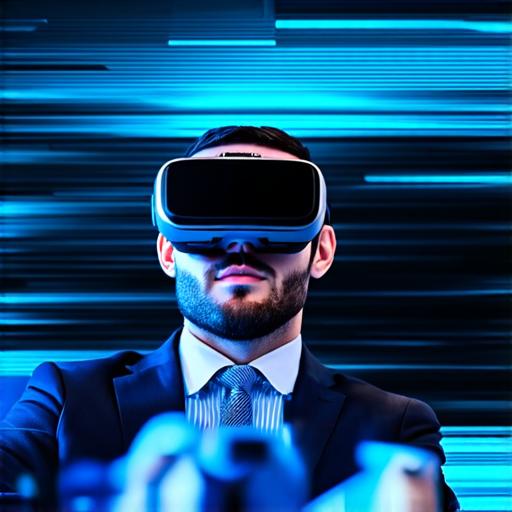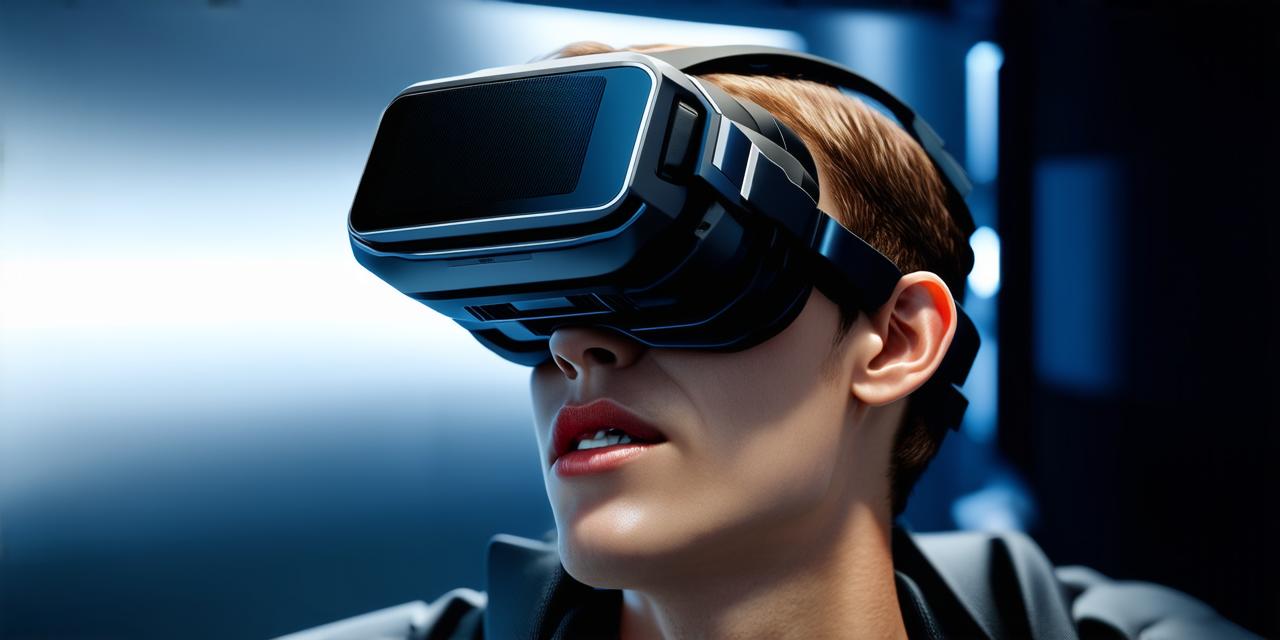Virtual reality (VR) technology has come a long way in recent years, offering users immersive experiences that transport them to digital worlds.
The basics of VR headsets
Virtual reality headsets are designed to be worn on the user’s head, providing a full view of a digital environment. These headsets typically consist of two displays, one for each eye, which are mounted at a distance that mimics the human eye separation. This creates an illusion of depth and allows users to perceive objects in three dimensions.
In addition to the displays, VR headsets also feature sensors and tracking systems that allow the device to detect the user’s movements. This information is used to adjust the visual cues presented to the user, creating a more realistic experience.
Display technology
The displays used in VR headsets are typically OLED (organic light-emitting diode) panels, which offer high resolution and wide viewing angles. These displays are able to produce vivid colors and sharp images, which are essential for creating an immersive experience.
In addition to the displays, VR headsets also feature lenses that are designed to optimize the visual cues presented to the user. These lenses are able to adjust the focal length and convergence, allowing users to see objects clearly at a distance and reducing eye strain.
Sensor technology

Virtual reality headsets rely on a variety of sensors to track the user’s movements and provide feedback to the device. The most common type of sensor used in VR headsets is the inertial measurement unit (IMU), which uses accelerometers, gyroscopes, and magnetometers to detect changes in the user’s position and orientation.
In addition to the IMU, VR headsets also feature other types of sensors, such as ultrasonic sensors and optical sensors, which are used to detect objects in the user’s environment and provide additional feedback to the device.
Software and tracking systems
Virtual reality experiences are created using specialized software that is designed to work with VR headsets. This software uses a combination of graphics and programming to create interactive environments that respond to the user’s movements.
In addition to the software, VR headsets also feature tracking systems that allow the device to detect the user’s position and orientation in real-time. These tracking systems use a combination of sensors and algorithms to provide accurate and reliable tracking data, which is essential for creating a seamless VR experience.
Conclusion
Virtual reality headsets are complex devices that rely on a variety of components to create an immersive experience. From the displays and lenses to the sensors and tracking systems, each component plays a critical role in providing users with a realistic and engaging virtual world. With ongoing advancements in technology, VR headsets are likely to become even more sophisticated and powerful in the years to come.
